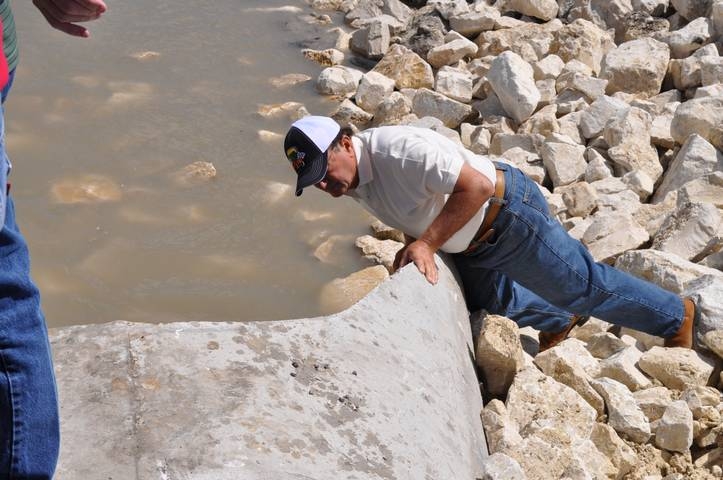
News
Iowa Corn launches land management research project
December 11, 2014 By Brandi Cowen
 Iowa Corn board member A new project will document the effectiveness of in-field and edge-of-field nutrient management practices for selected drainage districts in Iowa.
Iowa Corn board member A new project will document the effectiveness of in-field and edge-of-field nutrient management practices for selected drainage districts in Iowa.Dec. 11, 2014, Johnston, Iowa – A new project will document the effectiveness of in-field and edge-of-field nutrient management practices for selected drainage districts in Iowa.
The Iowa Corn Promotion Board, Iowa State University, and the Iowa Department of Agriculture and Land Stewardship are partnering on the project, which will examine nutrient management practices in Palo Alto (drainage district (DD) 15 North), Pocahontas (DD 65, 48-81, 178), and Clay (DD 8) counties.
Farmers that participate will lead the voluntary-based approach to help reduce nitrogen and phosphorus exports to downstream waters by using documentation at the multiple-farm scale. Documentation will note potential nitrogen and phosphorus losses in relation to in-field and edge-of-field nutrient management, which support the efforts of the Iowa Nutrient Reduction Strategy.
“As farmers, we take stewardship very seriously. While we cannot control the weather, we do control the manner in which nutrients are applied to our land. Our land is precious, and we applaud farmers who make improvements to their land that dramatically impact water quality,” said Wayne Humphreys, a farmer from Columbus Junction, who chairs the Animal Ag & Environment Committee for Iowa Corn.
Farmers participating in the research project can anonymously evaluate their individual nutrient application rates and crop yields to possibly improve yields, fine-tune nutrient inputs and consider if improved drainage within the drainage district can increase potential crop yields and enhance water quality.
“Project partners are committed to working with farmers and documenting what can be done in the voluntary-based approach. Ultimate success will depend on the assistance of farmers in documenting practices implemented in these drainage districts,” said Dr. Matt Helmers of Iowa State University.
Print this page